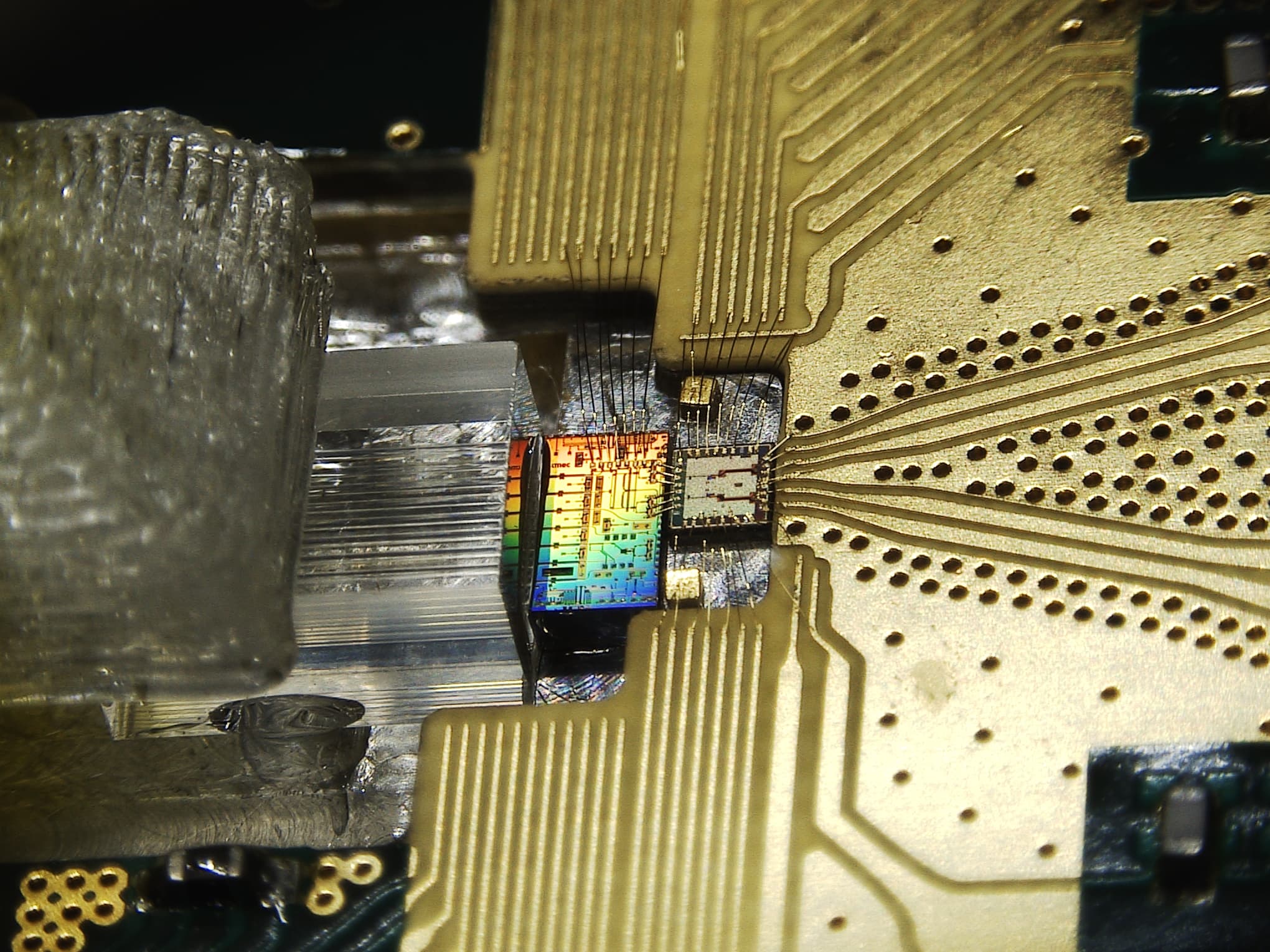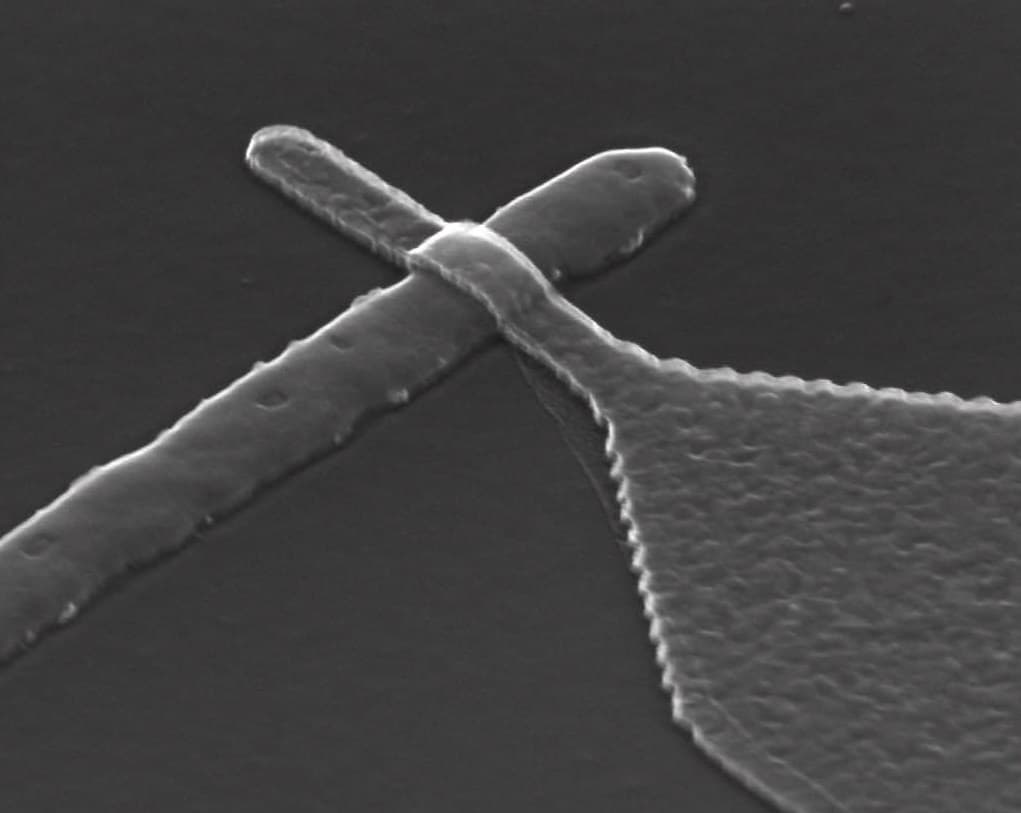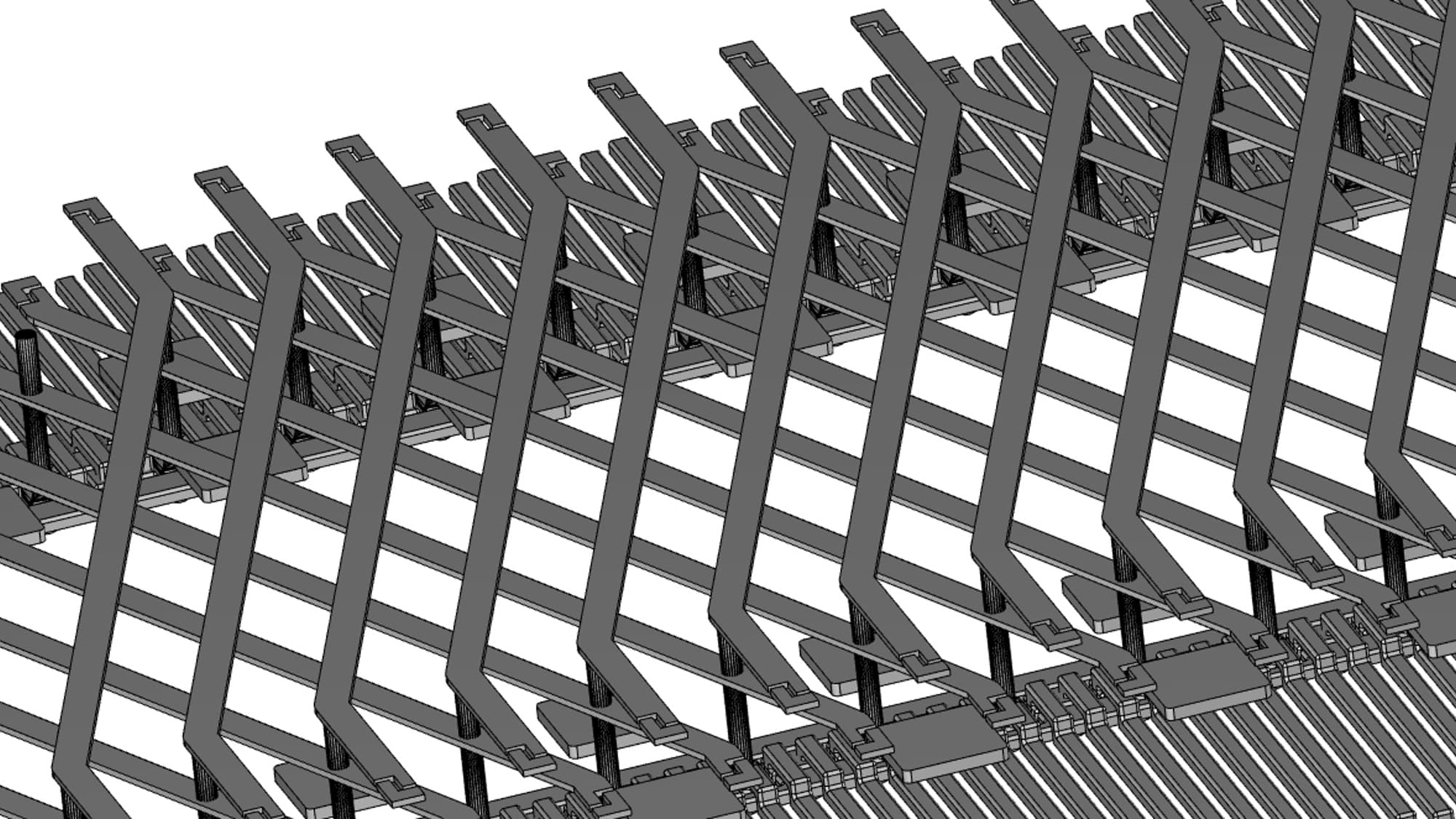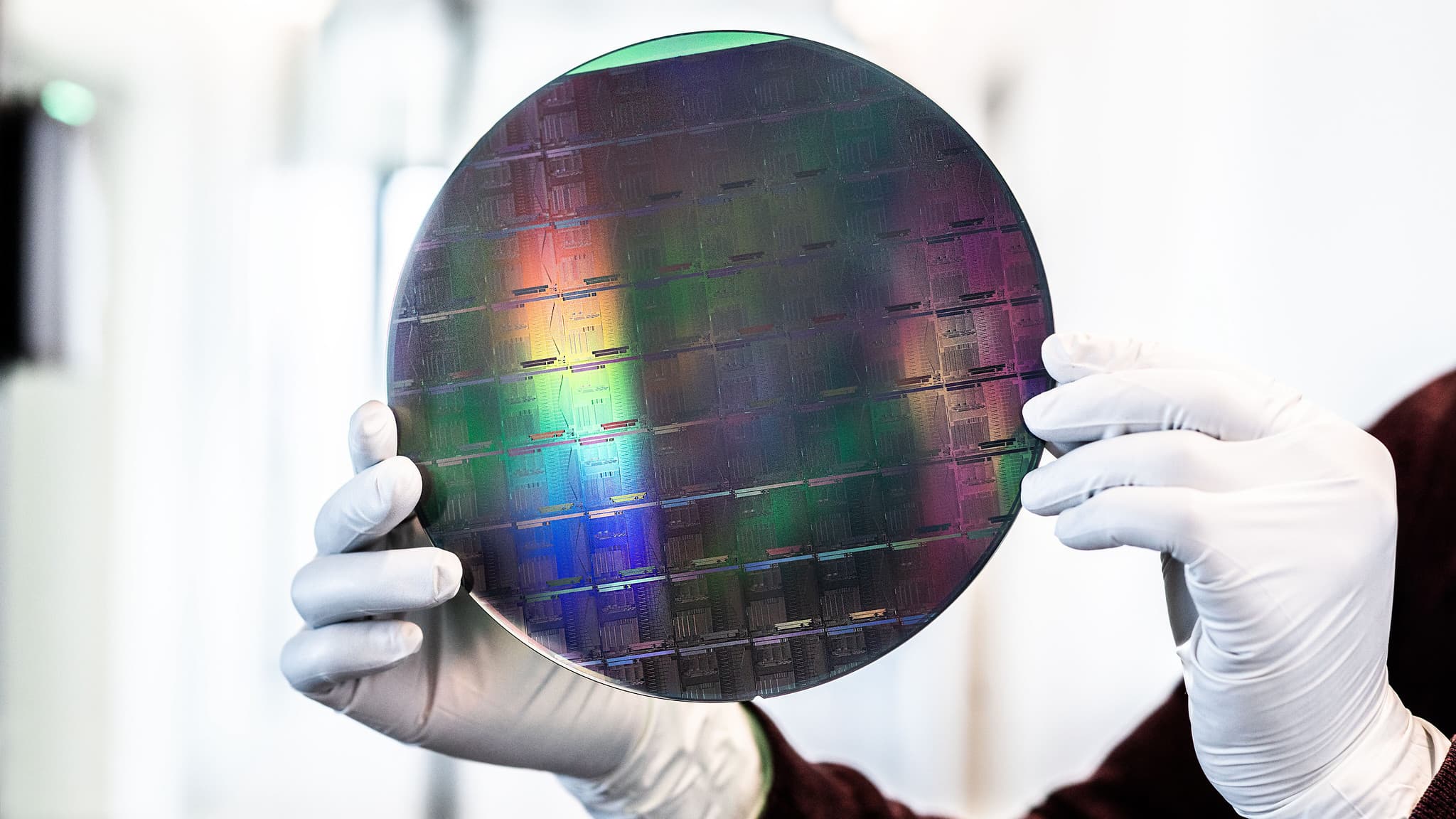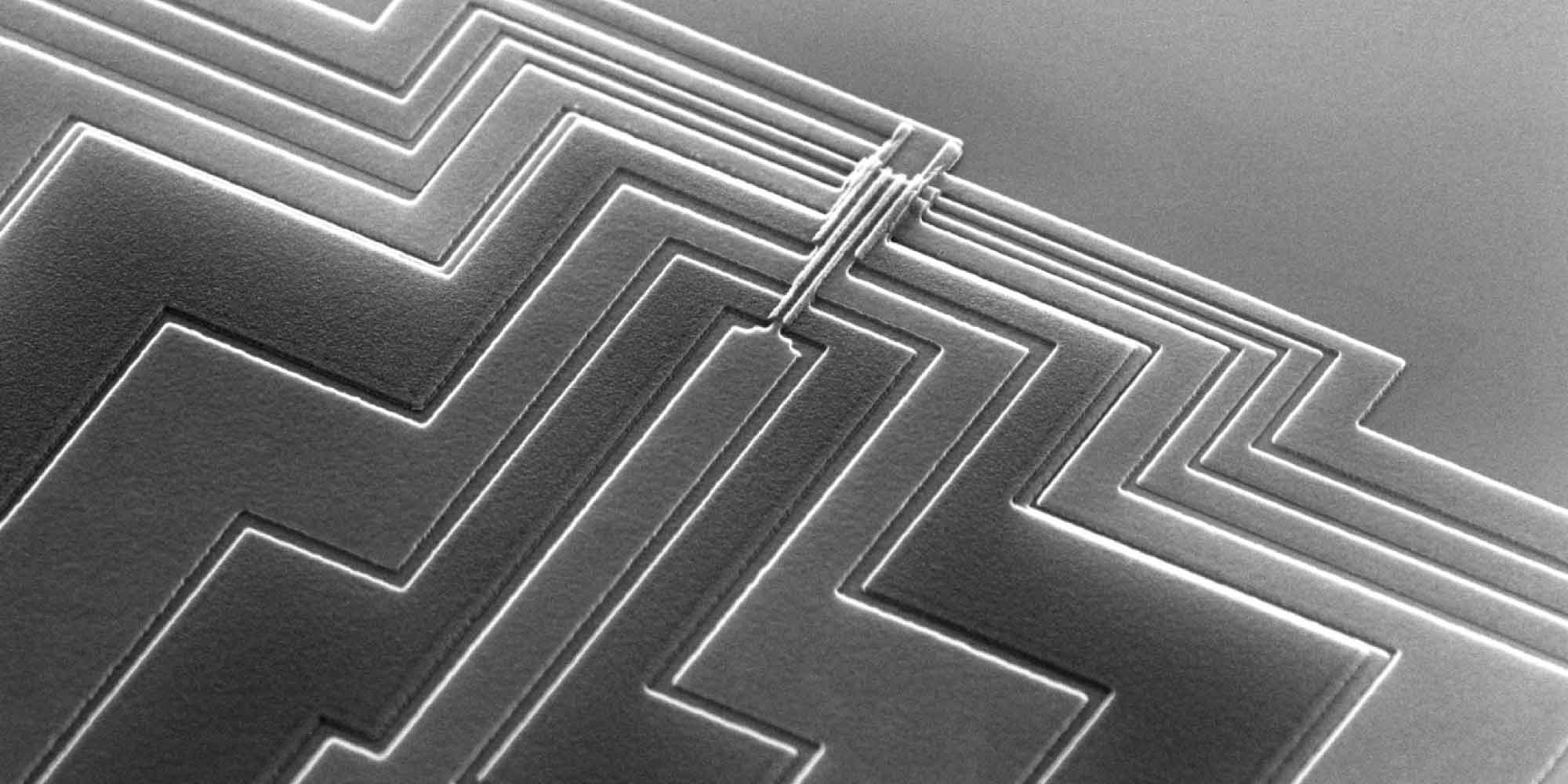What technology will the future quantum computer be built on? There is no clear winner in the quantum race yet. The development of the first generation of commercial quantum computers mainly relies on superconducting qubits or trapped ions, but quantum computers based on semiconductor spin qubits are making great strides. The last few years, silicon-based quantum-dot systems have demonstrated long coherence times and high-fidelity operation in laboratory settings. Silicon-based qubits are attractive for potential use in large-scale quantum processors because they are compatible with the technology handled by the microchip industry for over half a century. These well-established processes enable high volume manufacturing, which makes semiconducting qubits convenient in terms of scalability. But scaling up existing qubit prototypes to several qubit arrays requires advanced fabrication techniques.
To address this challenge, imec has leveraged its 300 mm fab expertise and developed a process that optimally combines optical and electron beam lithography to fabricate silicon spin qubits. The design platform is based on industry standard 300 mm silicon wafer fabrication technology instead of specialized laboratory processes. The shift from lab to fab happens without losing any flexibility: the platform enables on-the-fly layout design modifications. This flexibility allows to incorporate different structures across the 300 mm wafer, from a double quantum dot device to a one-dimensional qubit array, as shown in Fig 1. “The 300 mm fabrication platform is the first versatile hardware toolbox that allows such flexible qubit device designs”, says Iuliana Radu, program director at imec, where she is leading the quantum computing activities.
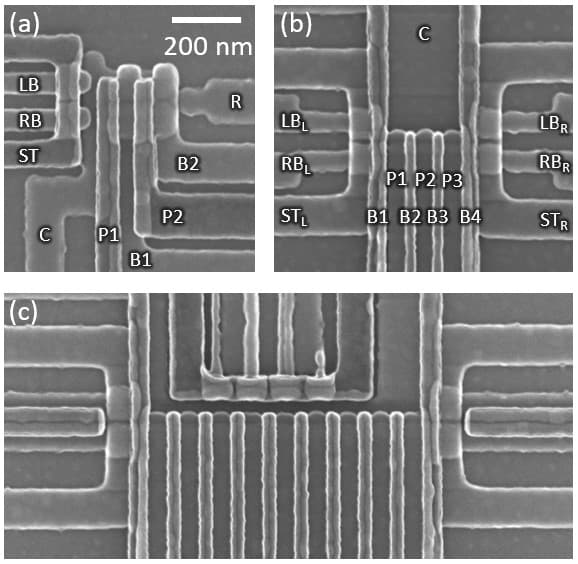
Fig 1. Example of what the flexible 300mm platform could be used for: designing qubit gates with electrical beam lithography for (a) double quantum dots under P1 and P2 with a charge sensor dot between LB and RB; (b) triple quantum dots under P1, P2, and P3; and (c) a linear quantum dot array.
The flexible integration platform for silicon spin qubits is presented in a focus session on key emerging technologies on IEDM 2020. The imec researchers demonstrate the ability to manipulate individual quantum dots from external circuits, as shown in Fig. 2. “If an electron is trapped in one of the quantum dots, we can manipulate it with an RF signal. We can control the angle at which the spin of the electron is pointing, but we are also able to change the tunnel coupling between adjacent quantum dots. These are prerequisites for qubit operations”, explains Ruoyu Li, device engineer at imec.
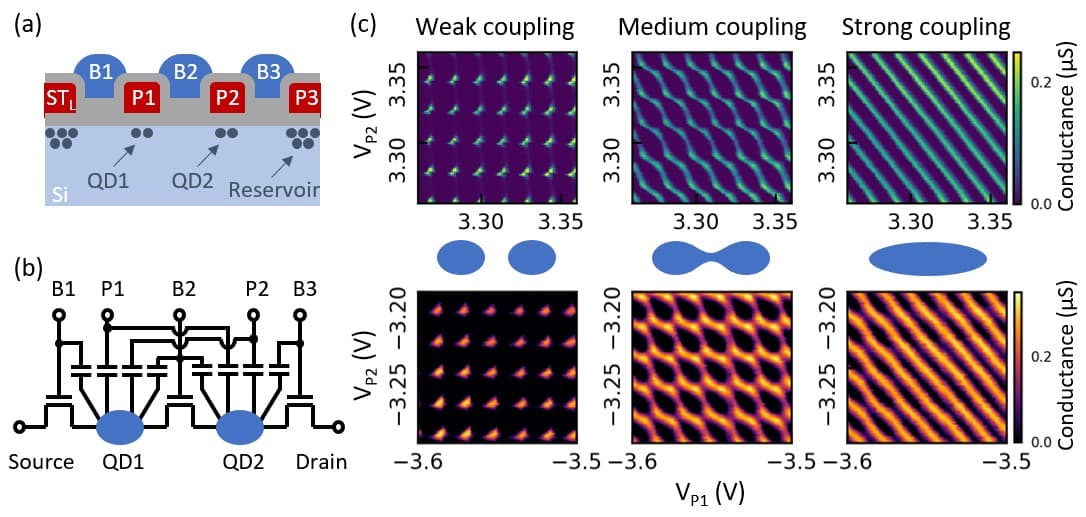
Fig 2.
(a) Schematic cross-section of a double dot defined by similar gates as Fig. 1(b).
(b) Equivalent circuit of a double dot.
(c) Conductance maps that show the ability to control the coupling between the double dot for nMOS (upper) and pMOS (lower) devices. The potential of dot 1 and 2 is changed by tuning the Voltage on the two plunger gates P1 and P2, while B2 controls the inter-dot coupling. In the weak coupling regime (left), dot 1 and 2 are separated and it is very difficult for the electrons/holes to hop from one side to the other. Conductance maps (left) show isolated points when energy levels between dots are aligned. In the medium coupling regime, levels of double dots begin to hybridize and conductance maps (center) show honeycomb patterns. In the strong coupling regime, two dots merge into one.
By moving the qubit research to a flexible 300 mm fab, a first important step has been taken on the path to the development of large-scale silicon spin quantum processors. “The next step is to use the platform for further study on how to build and how to operate large arrays of qubits”, says Radu. “We are also open for collaboration with start-ups that are interested in exploiting our 300 mm platform to enter the emerging quantum computing industry.”
How to operate a large array of qubits?
Meanwhile, imec’s quantum group is already working on these next steps. Being able to control one qubit does not suffice for large-scale computations, you also need to deal with the physical interaction between that qubit and its nearest neighbors. “Once we can build and measure a large array of qubits, we would need to figure out how to implement logic gates in this array”, explains George Simion, theoretical physicist at imec. To tackle this challenge, he proposed a scalable way to operate multiple qubits in a linear array. The proposal is based on nanomagnets and allows to increase the size of the qubit array while the qubits can still be addressed individually.
Placing classical electronics inside the fridge
Another challenge for building a full quantum computer is the engineering problem of connecting the qubits with classical circuits. The challenge becomes increasingly more difficult with increasing number of qubits, as you might end up with a tangle of millions of input and output-wires. “This wiring problem could be resolved by bringing the classical interface electronics closer to the qubits. This means that some of the classical electronics should be placed in the refrigerator where the qubits reside – operating at milli Kelvin temperature. This has directed research towards interface electronics that can operate at low temperature to drive and read-out multiple qubit-states”, says Jan Craninckx, invited to speak at IEDM about the circuits needed to drive qubits. In an overview paper he describes how nanoscale CMOS transistor properties are conveniently well suited for this task, when properly modelled.
“There is still a lot of research that needs to happen, even on standard CMOS, to build this understanding” concludes Iuliana Radu. “The path towards a useful quantum computer is riddled with obstacles, but step by step we’re moving in the right direction”,
Want to know more?
More details can be found in 3 papers presented at the 2020 IEDM conference:
A flexible 300 mm integrated Si MOS platform for electron- and hole-spin qubits exploration
A Scalable One Dimensional Silicon Qubit Array with Nanomagnets
CMOS Cryo-Electronics for Quantum Computing
Published on:
16 December 2020




